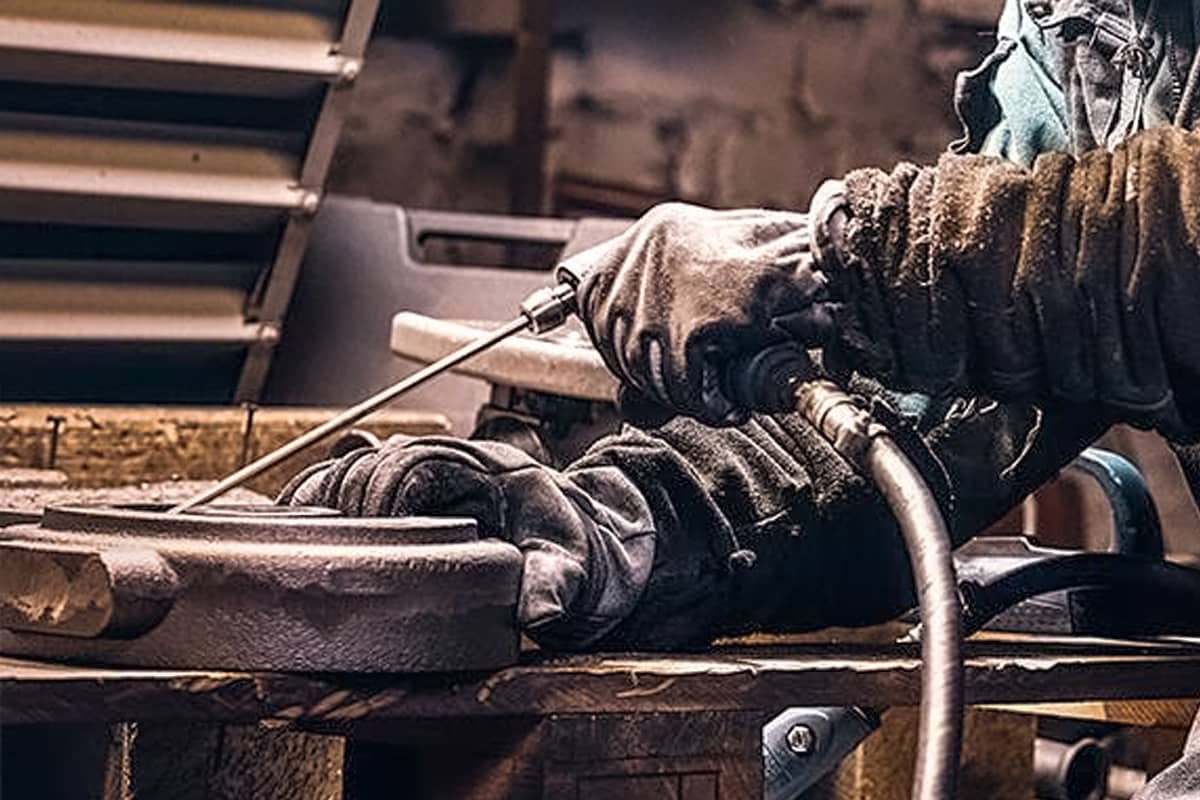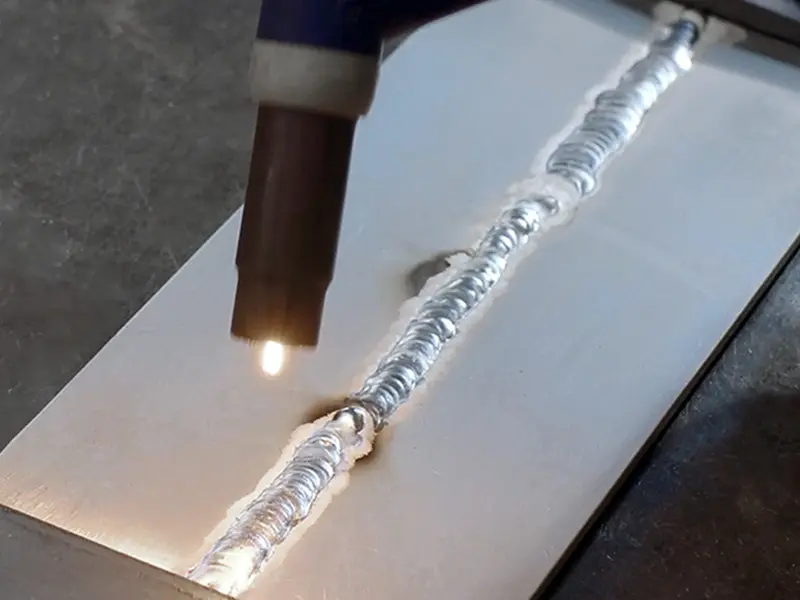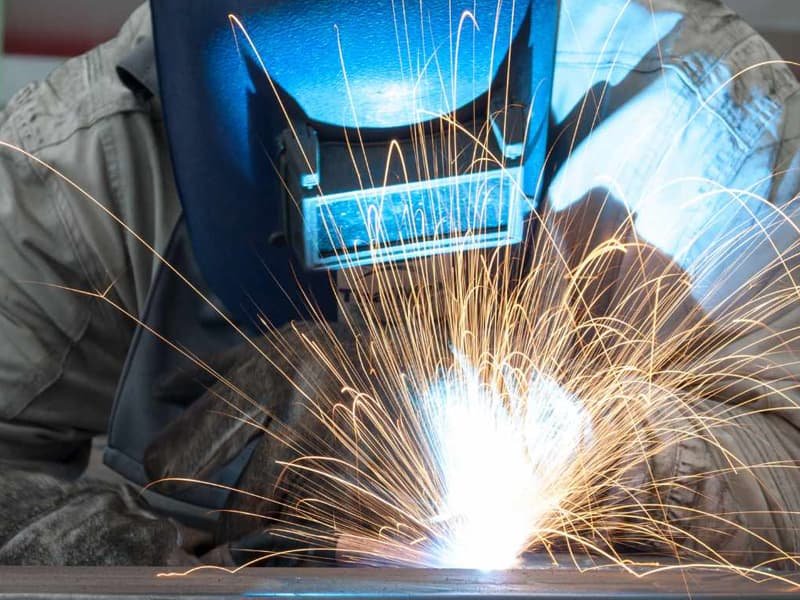Metal projects can feel like a puzzle. Whether you’re repairing a car fender, building a custom gate, or crafting industrial equipment, the right welding method makes all the difference. Among the many options, MIG welding stands out as a favorite for professionals and hobbyists alike. But what makes it so popular, and how does it work? Let’s uncover why this method might be the missing piece in your metalworking toolkit.
What Makes MIG Welding Unique?
MIG welding, short for Metal Inert Gas welding, uses a continuous wire electrode and shielding gas to fuse metals. Unlike stick welding, which requires frequent rod changes, or TIG welding, which demands precise hand movements, MIG welding simplifies the process with a steady wire feed. Think of it as the “automatic transmission” of welding: easy to learn, consistent, and adaptable.
Here’s how it works in plain terms:
- A spool of wire feeds through the welding gun.
- An electric arc melts the wire and the base metal, creating a weld pool.
- Shielding gas (like argon or carbon dioxide) blankets the weld, preventing contamination from air.
This straightforward process minimizes errors, reduces cleanup, and speeds up projects.
Key Components of a MIG Welder
To master MIG welding, you need to understand its core parts:
- Power Supply
The heart of the machine. It converts standard electricity into a stable current. Most MIG welders use direct current (DC) for smoother arcs and better control. Industrial machines handle thicker metals (like 10mm steel), while smaller units work for thin sheets (1-3mm). - Wire Feeder
This mechanism pushes the welding wire through the gun at a consistent speed. A sticky or misaligned feeder causes uneven welds, so regular maintenance is critical. - Welding Gun
The gun directs the wire, gas, and electricity to the workpiece. Look for ergonomic designs with heat-resistant handles for comfort during long sessions. - Shielding Gas
Gas choice impacts weld quality. For example:- 75% argon + 25% CO₂: Ideal for steel (balances penetration and stability).
- Pure argon: Best for aluminum (prevents oxidation).
- Ground Clamp
Attaches to your workpiece to complete the electrical circuit. A loose clamp leads to erratic arcs, so ensure it grips clean, bare metal.
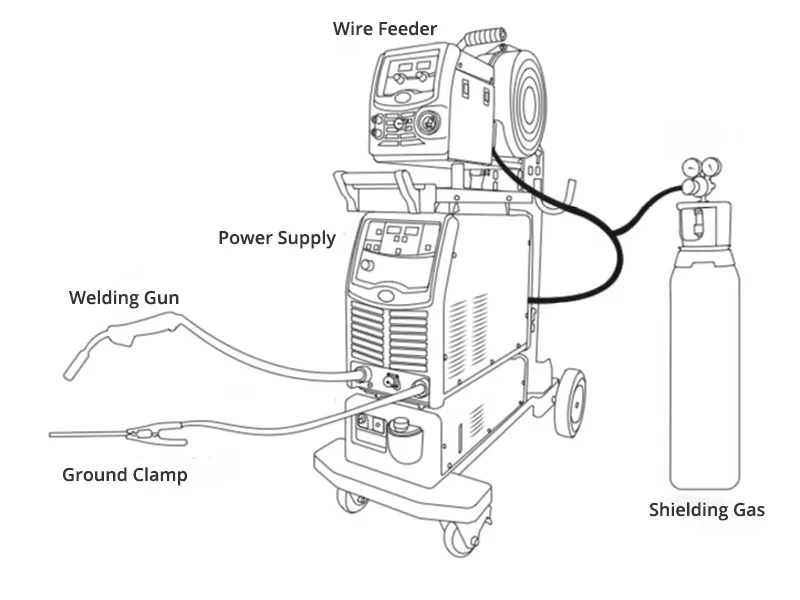
Why Professionals and Hobbyists Love MIG Welding
- Speed
The continuous wire feed means fewer stops to reload rods. For a 1-meter weld on 3mm steel, MIG welding can take half the time of stick welding. - Beginner-Friendly
No need to manually control the electrode. Set the wire speed and voltage, and focus on guiding the gun. - Clean Results
Shielding gas reduces spatter (those annoying metal droplets), so post-weld grinding is minimal. - Versatility
MIG welders handle everything from paper-thin automotive panels (0.8mm) to heavy-duty machinery (10mm+). Swap the wire and gas to weld stainless steel or aluminum. - Strong, Aesthetic Welds
Proper technique produces smooth, uniform beads that look professional and resist cracking.
Where MIG Welding Shines
- Automotive Repairs
Fix rusted car frames or exhaust systems without warping thin metal. Use a lower voltage setting (16-18V) and 0.6mm wire for precision. - Home Fabrication
Build garden sculptures, trailers, or furniture. A mid-range machine with 140-180 amps handles most DIY projects. - Industrial Manufacturing
Assemble structural beams, conveyor systems, or agricultural equipment. Industrial MIG welders with 250+ amps tackle thick materials quickly. - Art and Decor
Create intricate metal art with pulsed MIG settings for cleaner, controlled welds on delicate designs.
Choosing the Right MIG Welder
Avoid overwhelm by focusing on these factors:
- Material Thickness
Match the machine’s amperage to your projects:- Thin metals (1-3mm): 100-140 amps.
- Medium (3-6mm): 140-200 amps.
- Thick (6mm+): 200+ amps.
- Portability
Inverter-based welders are lightweight and compact for jobsites. Transformer models suit stationary workshops. - Adjustability
Look for voltage and wire speed controls. Synergic welders auto-adjust settings for specific materials, saving time. - Gas vs. Gasless
Gasless (flux-core) MIG welders are portable and work outdoors but produce more spatter. Gas-shielded models deliver cleaner welds indoors.
Pro Tips for Flawless Welds
- Prep Like a Pro
- Clean metal thoroughly: Grind off rust, oil, or paint.
- Use clamps or magnets to hold pieces in place.
- Dial in Your Settings
- For 3mm mild steel: 18-20V and 3.5m/min wire speed.
- Test on scrap metal first to fine-tune.
- Master the Technique
- Hold the gun at a 15° angle and keep the tip 6-12mm from the workpiece.
- Move steadily: Too slow causes bulging; too fast leads to weak welds.
- Troubleshoot Common Issues
- Porosity (bubbles in the weld): Check gas flow (15-20 L/min) or replace contaminated wire.
- Excessive spatter: Lower the voltage or increase wire speed.
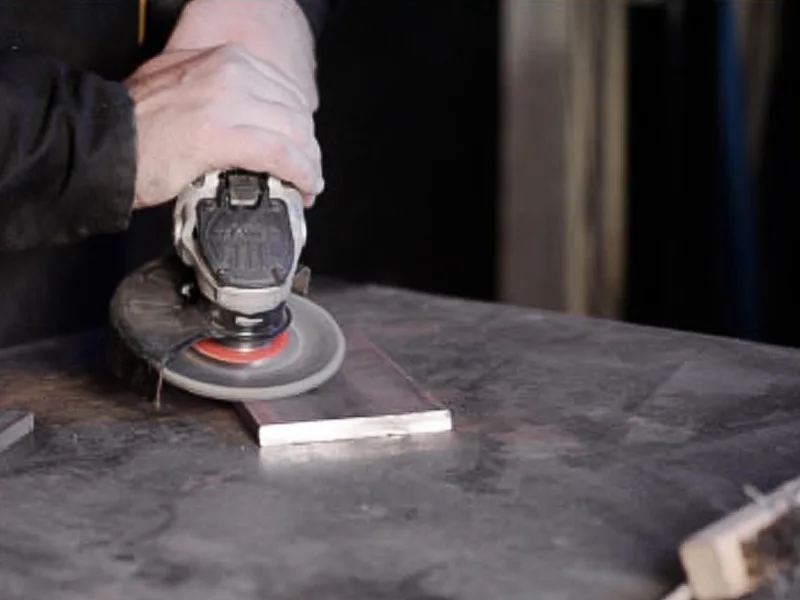
Final Thoughts
MIG welding bridges the gap between simplicity and versatility, making it a go-to for both garage tinkerers and factory professionals. By understanding its components, applications, and techniques, you can tackle projects faster, cleaner, and with confidence.

